One of the stars of the Fantastique exhibit at WMODA is Miss Margaret E. Thompson who depicted the enchanting world of Fairyland in Faience for Royal Doulton in the early 1900s.
Little is known about Margaret Thompson’s personal life, but it is believed that she was born in Calcutta, India in 1873 and came to London to study. She attended Goldsmith’s Art Institute and distinguished herself by winning their Silver Medal for Applied design in 1897. The program for the college’s annual Conversione that year featured a procession of nursery rhyme characters drawn by Miss Thompson, which were later featured in the Artist magazine. The students made all the costumes for this fancy-dress entertainment and the event proved very influential in Miss Thompson’s later career as a designer of fantasy subjects.
In 1898, Miss Thompson won a gold medal at the South Kensington art school and the following year she was a winner in the first International Studio Exhibition. Her Royal Doulton designs with aesthetic maidens and fairies in sylvan settings featured several times in the Studio magazine, which promoted the ‘New Art’ movement. At the same time as designing for Doulton’s Lambeth studio in London, Margaret Thompson illustrated children’s books, such as Miss Mary’s Little Maid by E.D. Adams and The Queen Bee and other Nature Stories by C. Ewald. Her style was very similar to the popular book illustrators Margaret Tarrant, Jessie Willcocks Smith and Florence Harrison, whose influence can be seen in her designs for Royal Doulton
Apparently, Margaret Thompson was introduced to Doulton by Lord Alverstone, the Attorney General. Formerly Sir Richard Webster, he led the Royal Commission to organize Britain’s participation in the Chicago exhibition of 1893 and worked alongside Henry Doulton, one of the leading exhibitors in the arts section. The Doulton Pottery continued to exhibit enthusiastically at the World’s Fairs long after Sir Henry’s death and Margaret Thompson won medals and diplomas throughout her career, including St. Louis in 1904 (bronze), Ghent in 1913 (gold) and Paris in 1925 (silver).
As can be seen in the WMODA collection, Miss Thompson’s fantasy art features fairies with butterfly wings fluttering among flowers and communing with insects. Her magical mermaids float modestly under the sea with their long tresses swirling among tendrils of seaweed. On land, her languorous ladies wander through gardens and orchards dressed in aesthetic-style fashions. Their high-waisted corset-less gowns, sometimes with dainty printed patterns, billow gently in the breeze.
Typically, Miss Thompson worked with Doulton’s Lambeth Faience ware, an earthenware body which was developed in 1873 to emulate painted maiolica. Miss Thompson’s highly stylized art nouveau illustrations under the new leadless glazes of the early 1900s brought a new look to Lambeth Faience vases.
As well as her beautiful vases, Miss Thompson was kept very busy at the Doulton studio designing tile panels for children’s hospitals. A growing concern for child health and welfare culminated in the opening of several specialist hospital wards for sick children at the end of Queen Victoria’s reign. The new children’s wards were tiled for hygienic reasons, but pictorial panels were introduced to enliven the enforced stay of the young invalids. The building, decorating, and equipping of bed spaces was often sponsored by philanthropists and their generosity was frequently commemorated by tile pictures in memory of loved ones. In 1904, Royal Doulton published a book entitled Pictures in Pottery, which extolled the virtues of their hospital murals.
Recently, some original watercolors for the hospital panels have been drawn to my attention by Peter Dunn, who inherited them from his family of pottery artists, and several are by Margaret Thompson. Doulton’s first hospital tiling scheme was for St. Thomas’ in London and Margaret Thompson was responsible for some of the designs in the Seymour children’s ward, which was opened in 1902. Sadly, this ward was demolished in the 1970s and 19 panels were removed and sold to private collectors. The Wiener collection includes the Hush a Bye Baby panel from the Seymour ward as well as a religious tile panel The Finding of Moses, which was formerly at Lincoln City Hospital. Miss Thompson was also responsible for the tile designs in children’s hospital wards in Newcastle, Hastings, Portsmouth, and Llanelli, Wales, as well as major overseas commissions for Christchurch, New Zealand and Poona in India, both of which still survive.
The First World War interrupted tile production as well as art pottery, including Miss Thompson’s designs for Royal Doulton’s Velluma Ware, which used transfer prints from her etchings on shapes from Doulton’s Burslem factory. Only a handful of these pieces produced between 1911 and 1914 have ever come to light. Miss Thompson also contributed to the collection of ‘New Style’ vases made in Doulton salt-glaze stoneware around 1910. The cloisonné or Cuenca style of raised outlines was particularly suitable for her art nouveau designs.
Although Miss Thompson is recorded as a medal winner at the Paris exhibition in 1925, there are few signed Doulton designs from this date. Her departure from the Lambeth studio is not recorded and more research is needed to pursue her exhibition career with the Royal Academy, the Royal Society of British Artists, the Royal Institute of Painters in Watercolours, and the Society for Painters in Watercolours.

Procession for Goldsmith's Conversione 1897 by M. Thompson
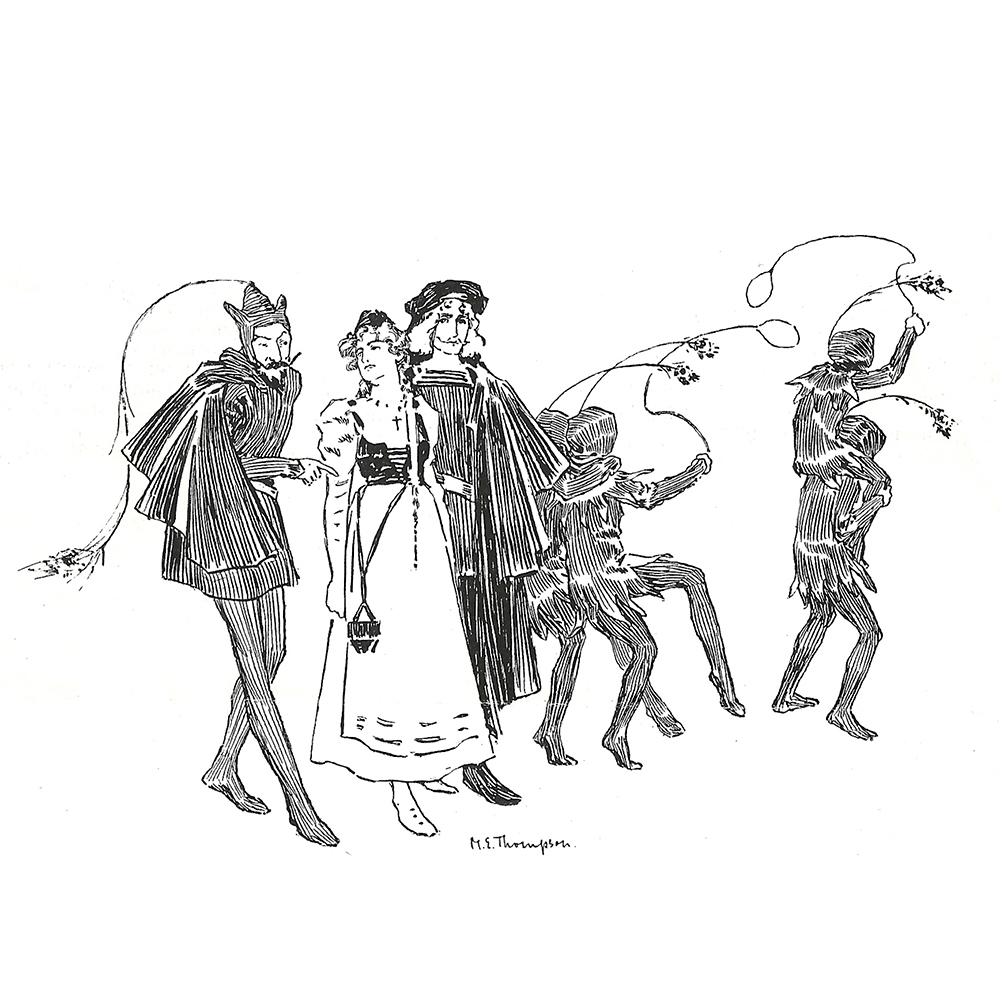
Fancy Dress by M. Thompson
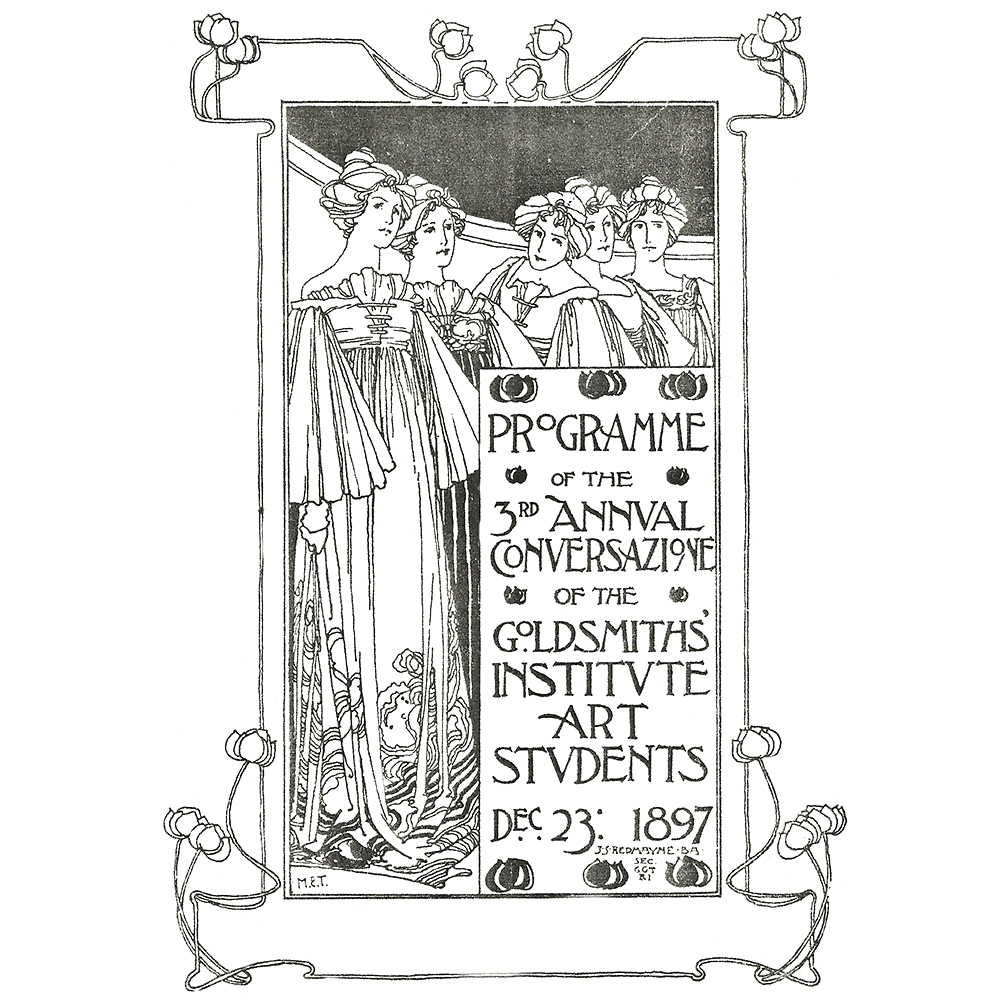
Cover for Goldsmith's Conversione Programme 1897 by M. Thompson
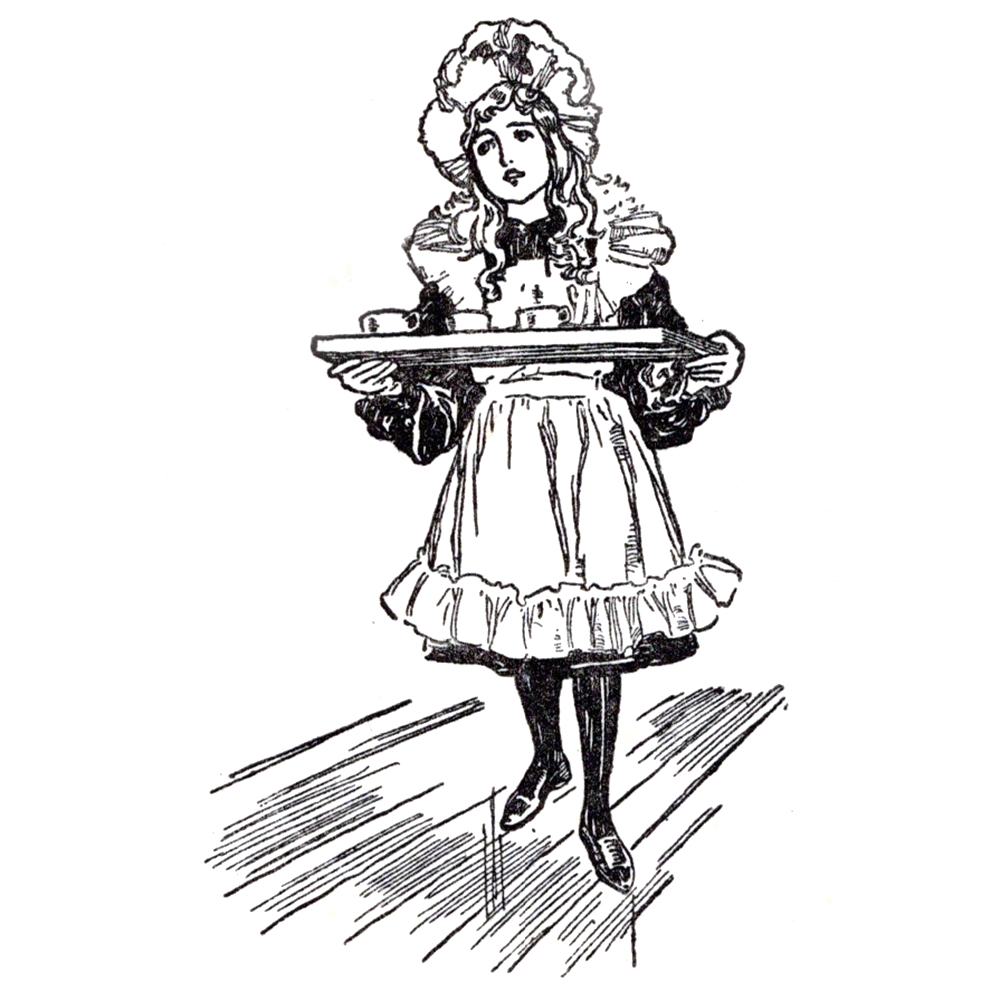
Miss Mary's Little Maid illustration by M. Thompson
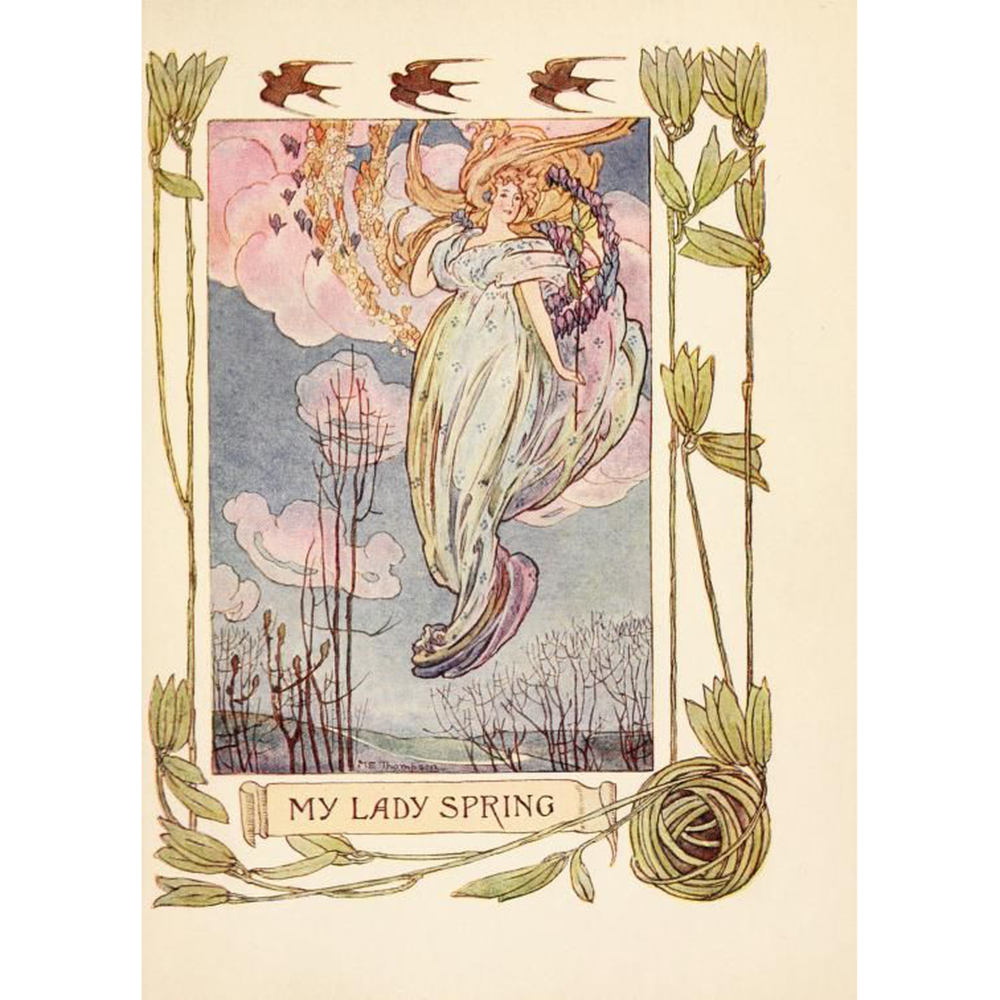
Queen Bee and Other Nature Stories illustration by M. Thompson

The Flowers by J. Willcocks Smith
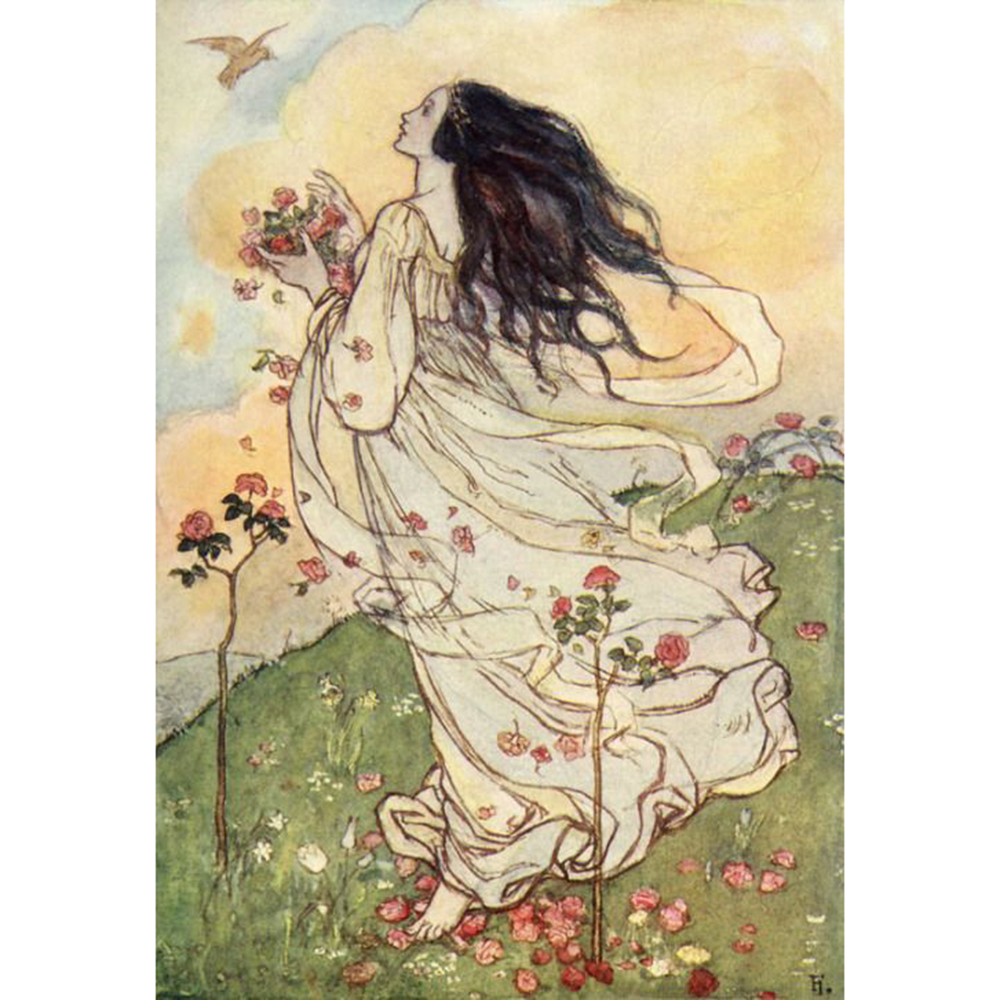
Christina Rossetti poems by F. Harrison
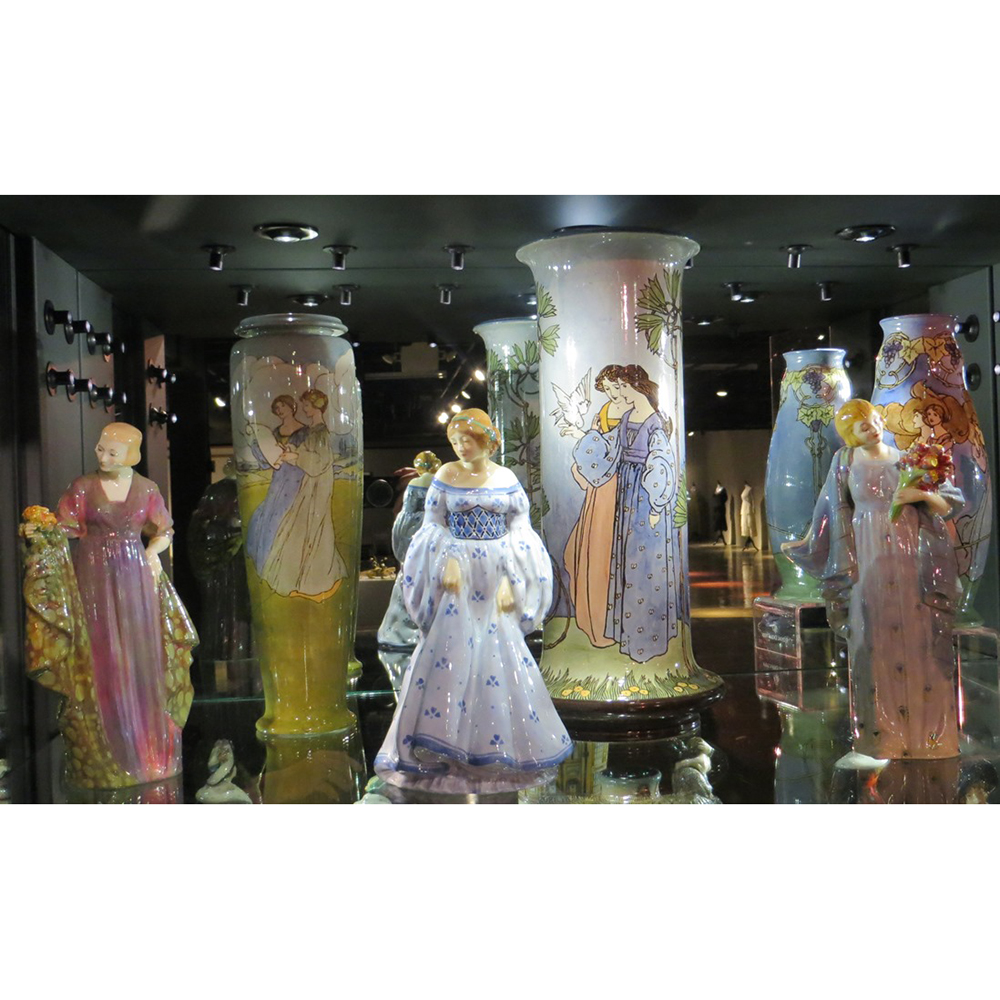
WMODA Flair for Fashion exhibit

Daffodil Fairy by M. Thompson

Daffodil Fairy by M. Thompson
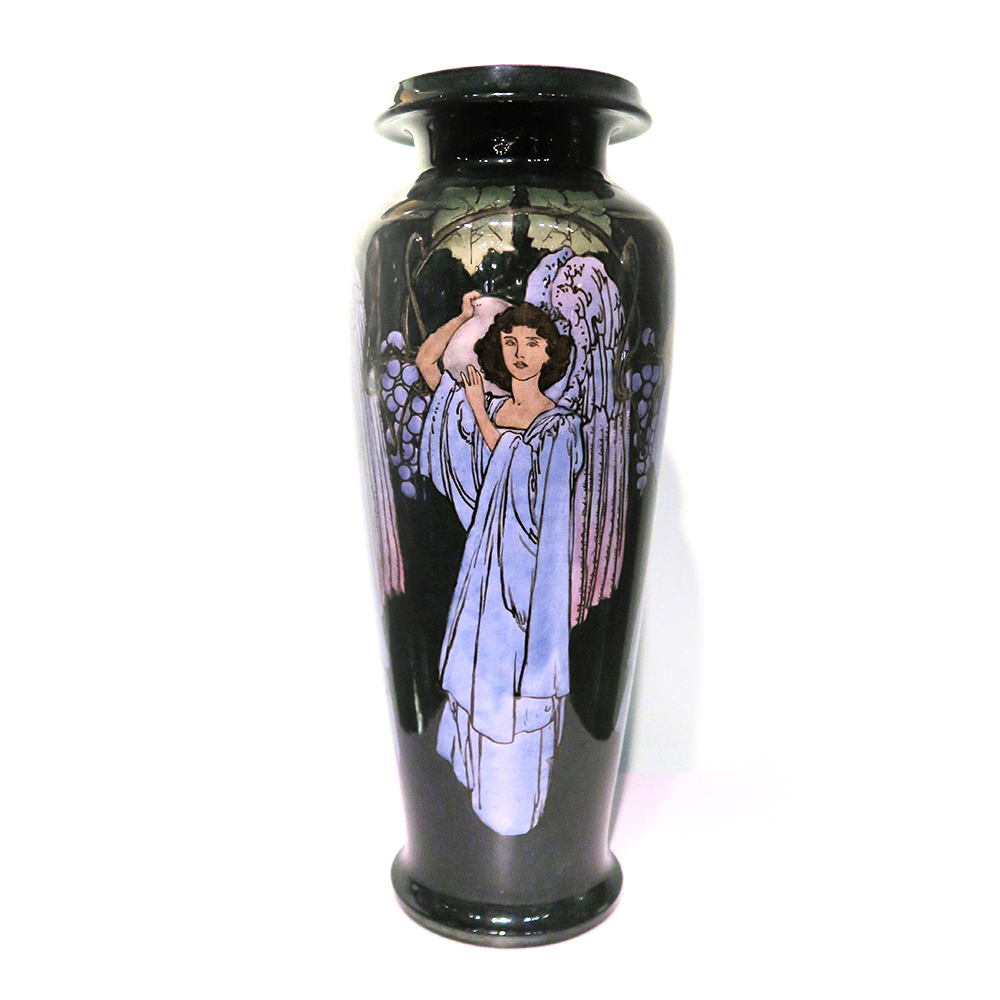
Angel by M. Thompson
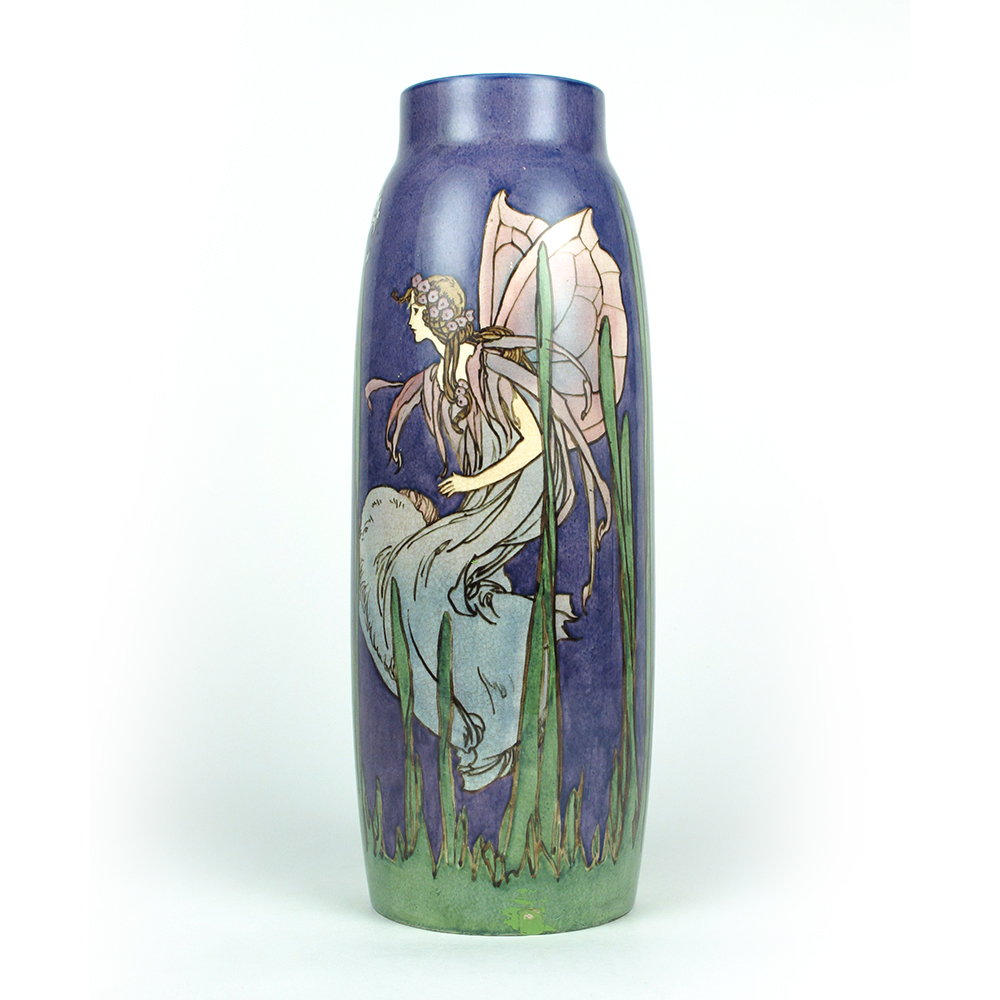
Bluebells Fairy by M. Thompson
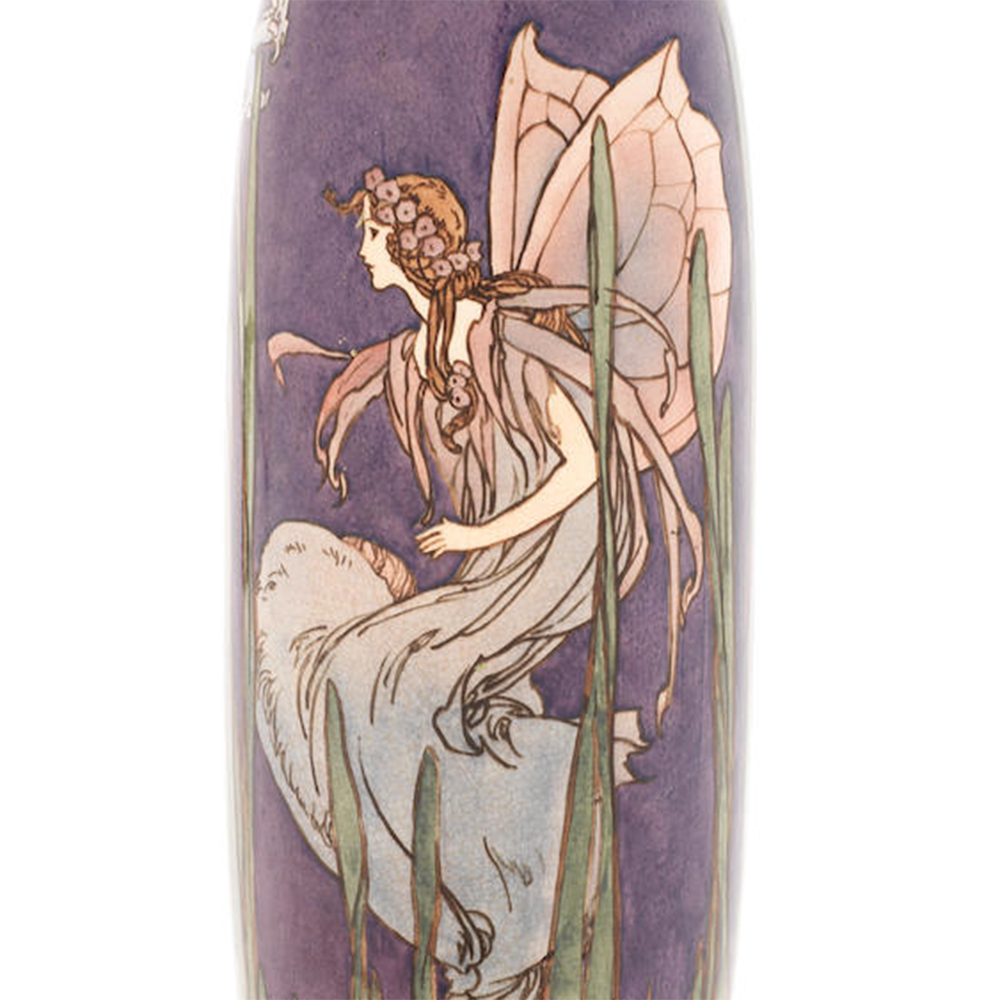
Bluebells Fairy by M. Thompson

Daisy Fairy by M. Thompson
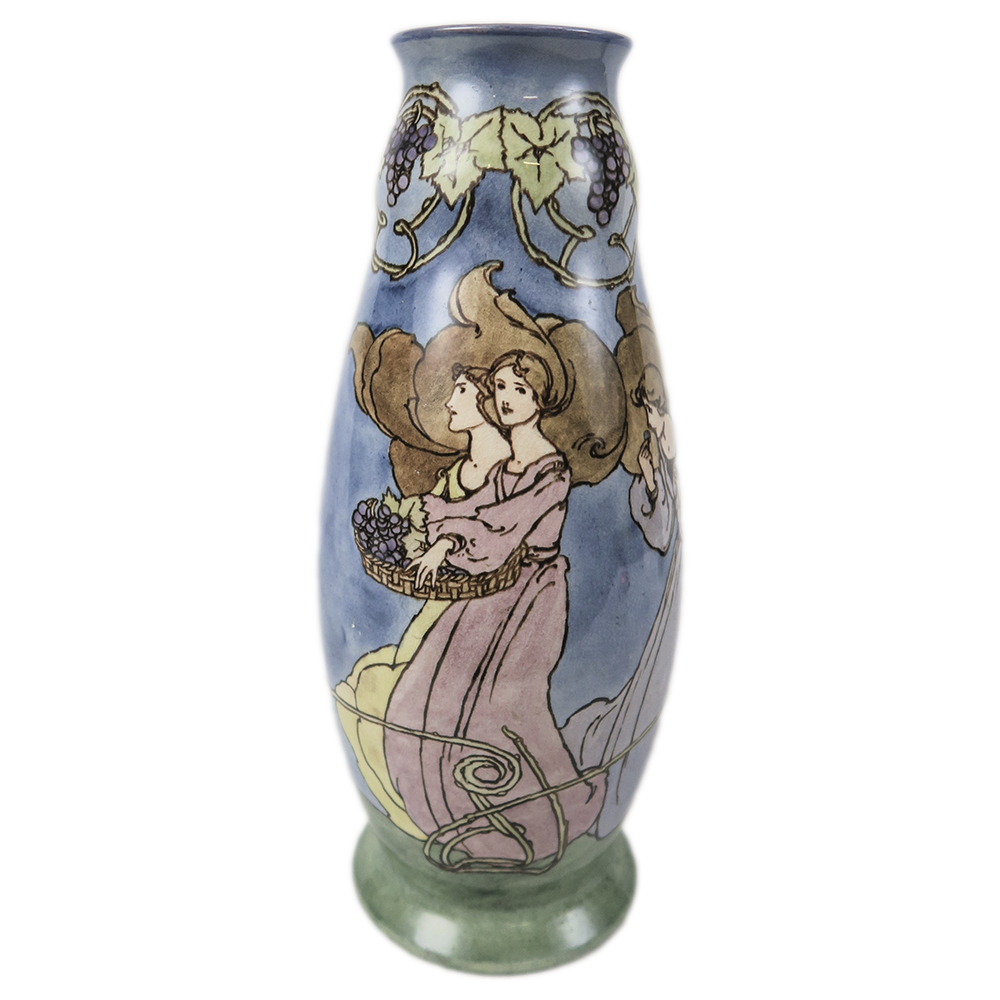
Maidens with Grapes by M. Thompson
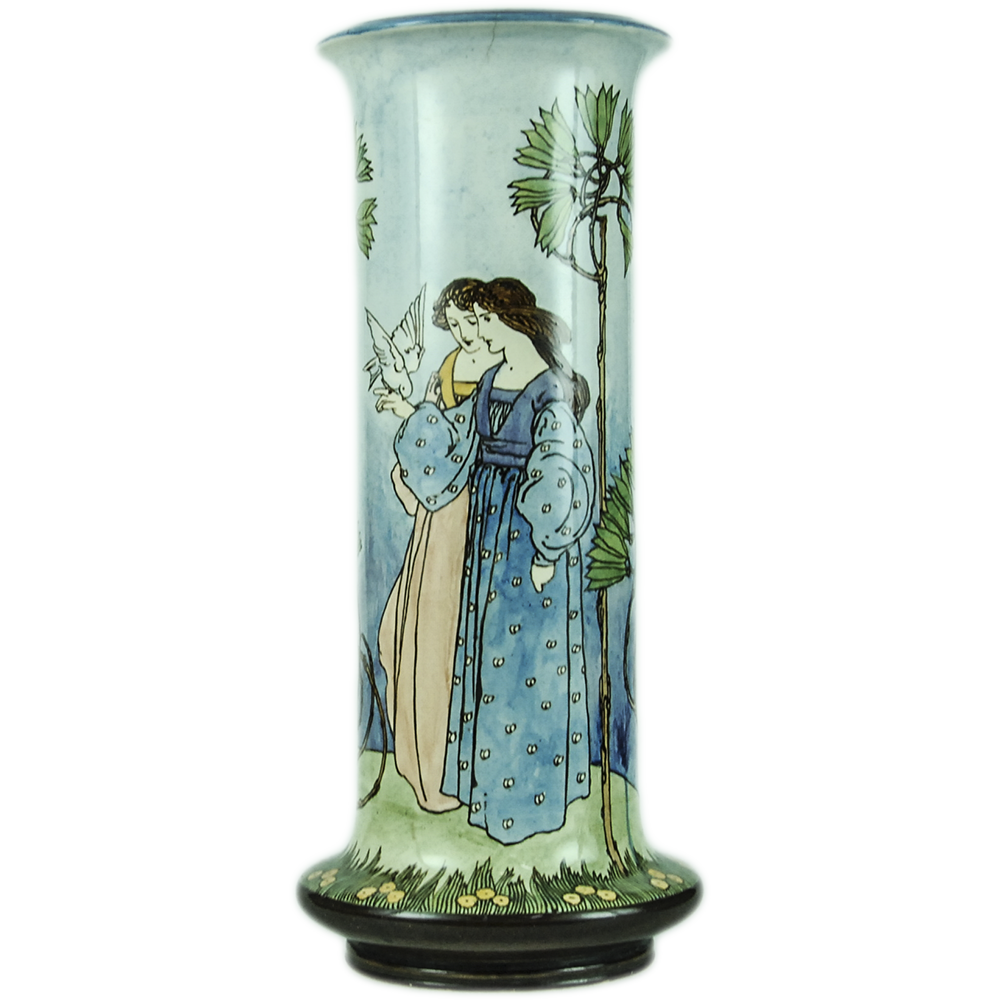
Ladies with Doves by M. Thompson

Hush a Bye Baby Tile Panel by M. Thompson

Hush a Bye Baby Watercolor by M. Thompson

Queen of Hearts Tile Panel by M. Thompson
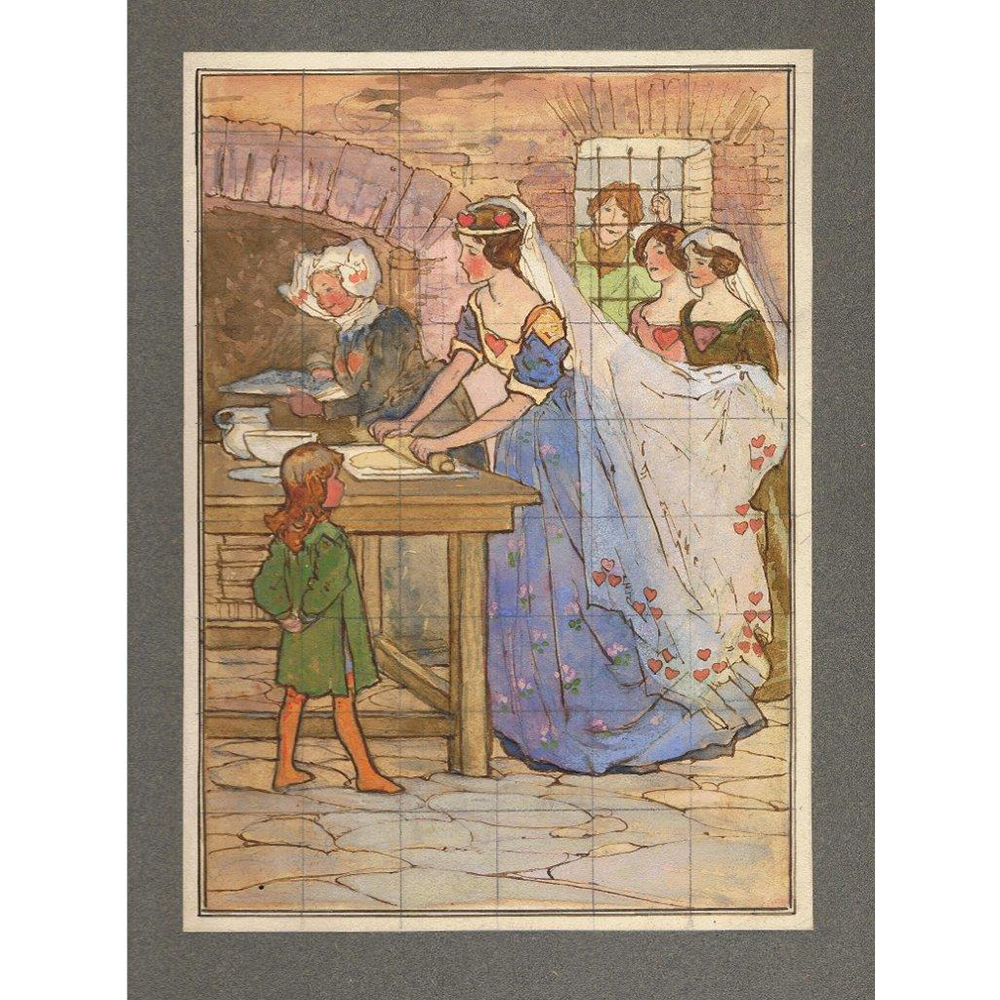
Queen of Hearts by M. Thompson
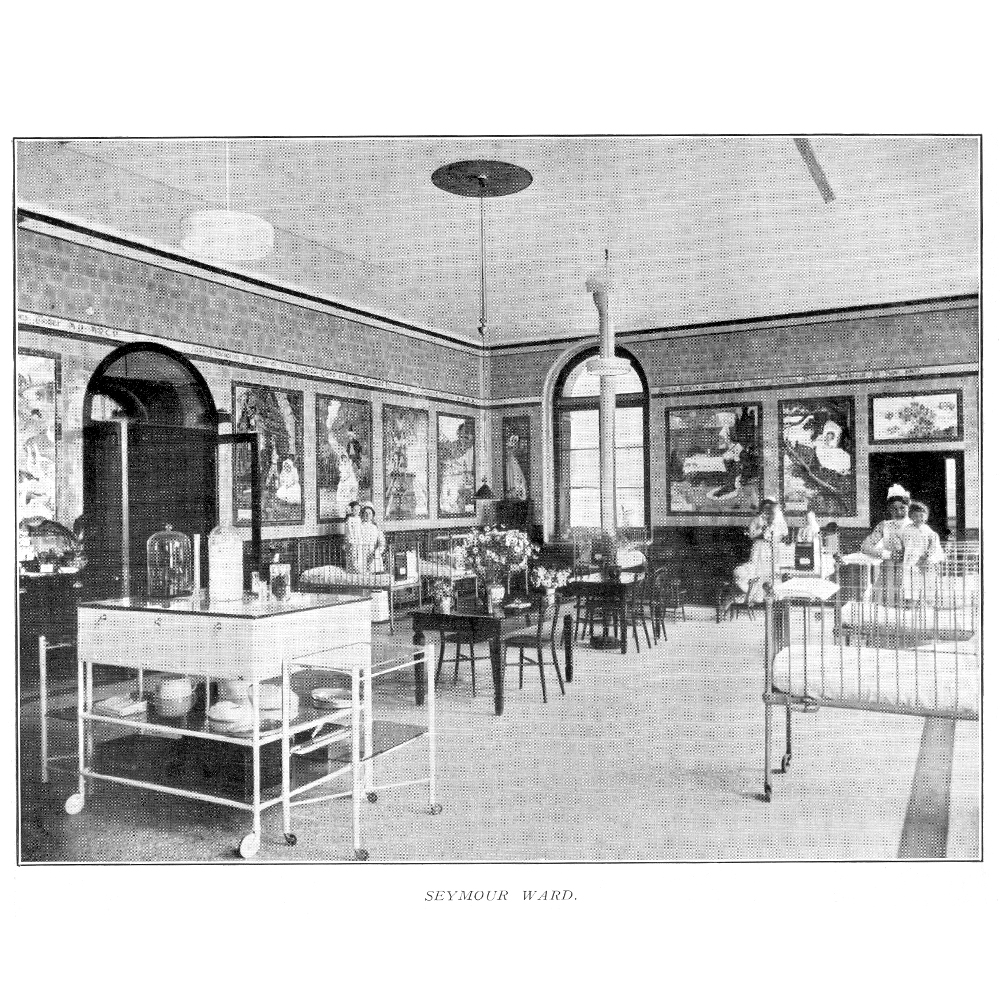
Seymour Hospital Ward

Old King Cole Watercolor by M. Thompson
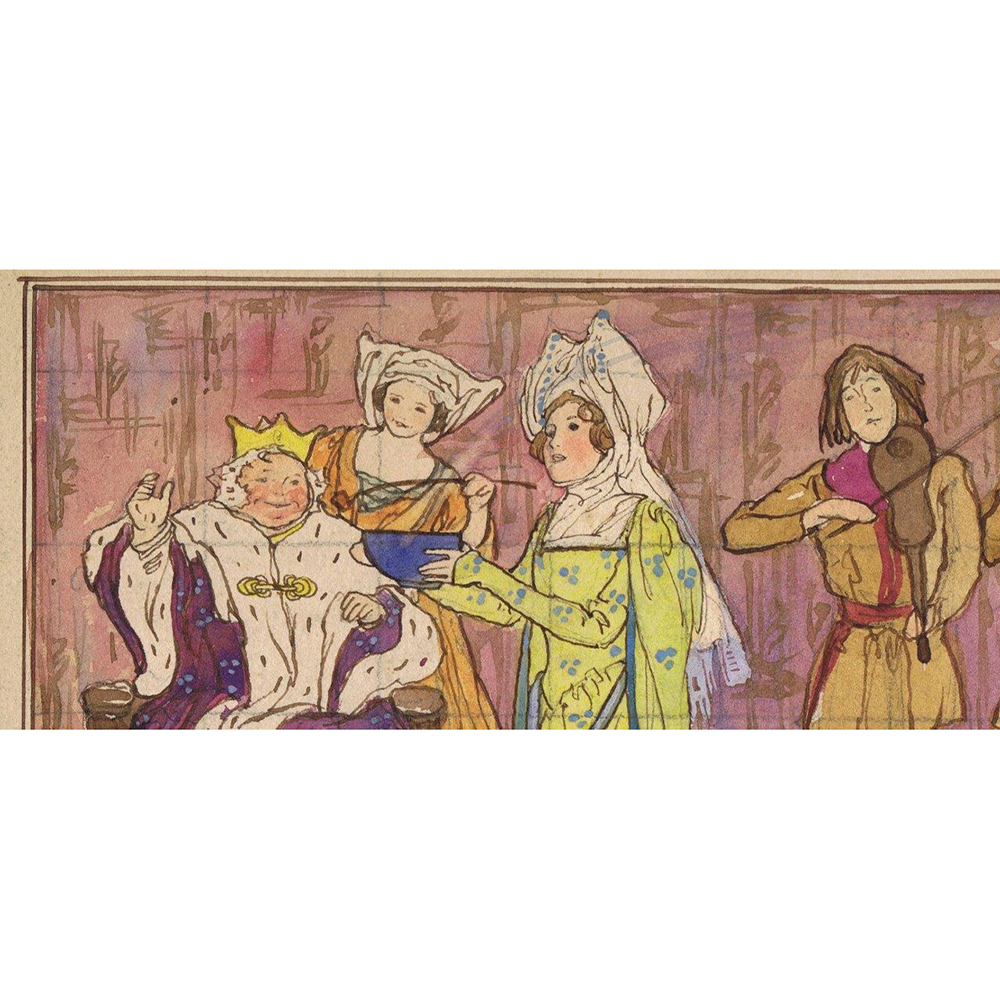
Old King Cole Detail
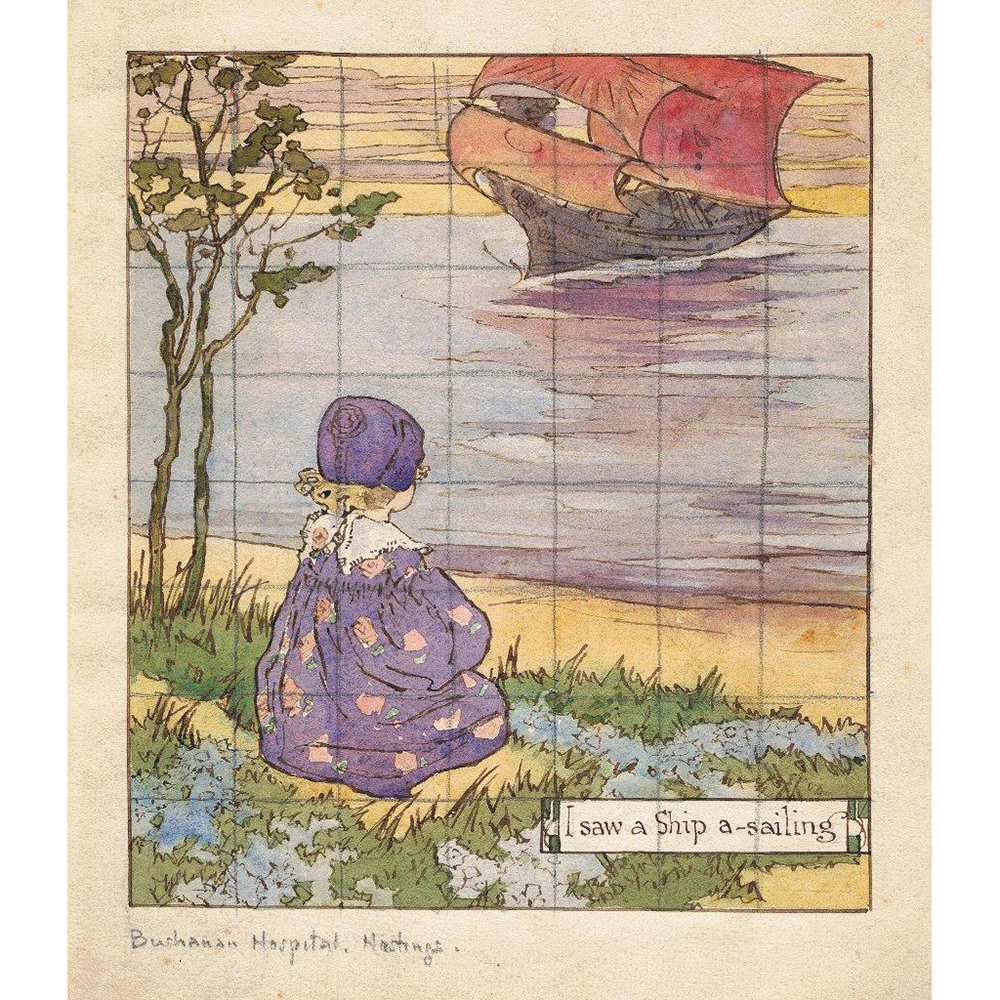
I Saw a Ship Tile by M. Thompson
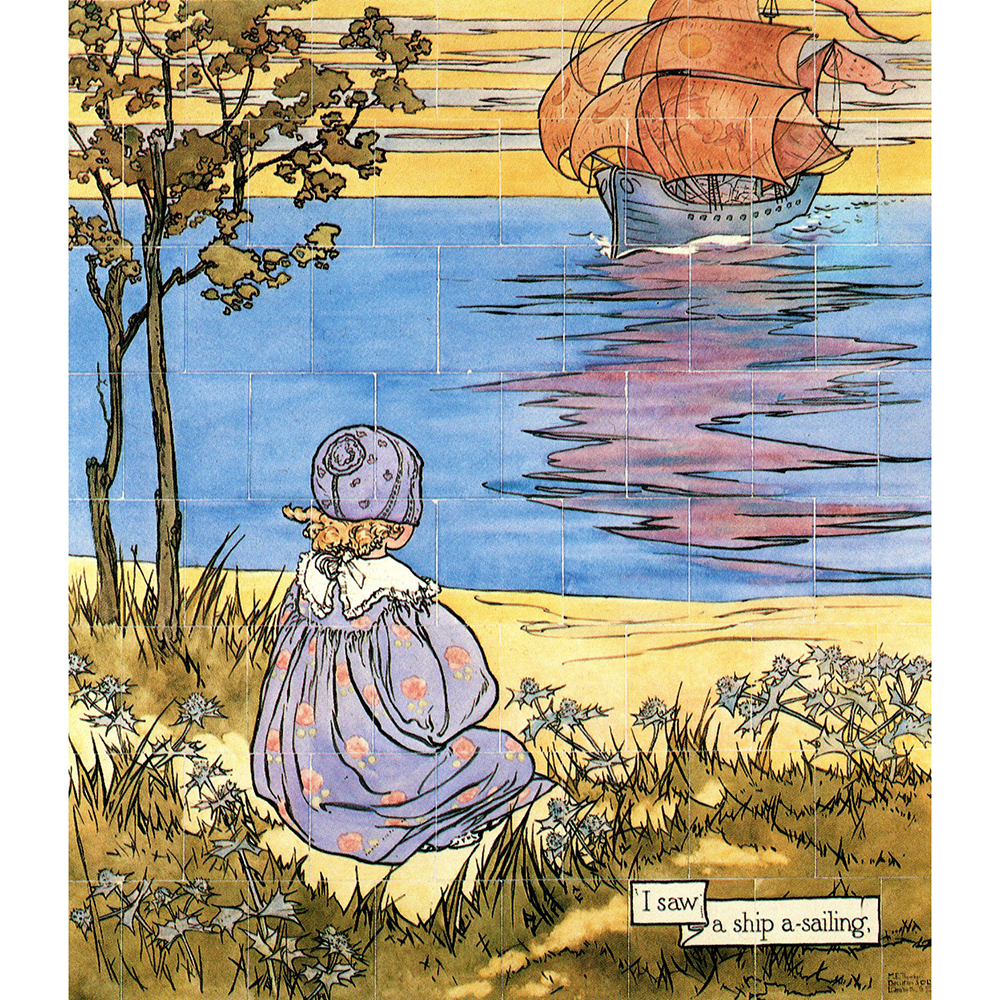
I Saw a Ship Tile Panel by M. Thompson

Finding Moses Tile Panel by M. Thompson

Fairies at Christening Tile Panel by M. Thompson

Fairies at Christening Tile Panel by M. Thompson

Mother Goose Watercolor by M. Thompson

Lady Tile Panel Detail by M. Thompson
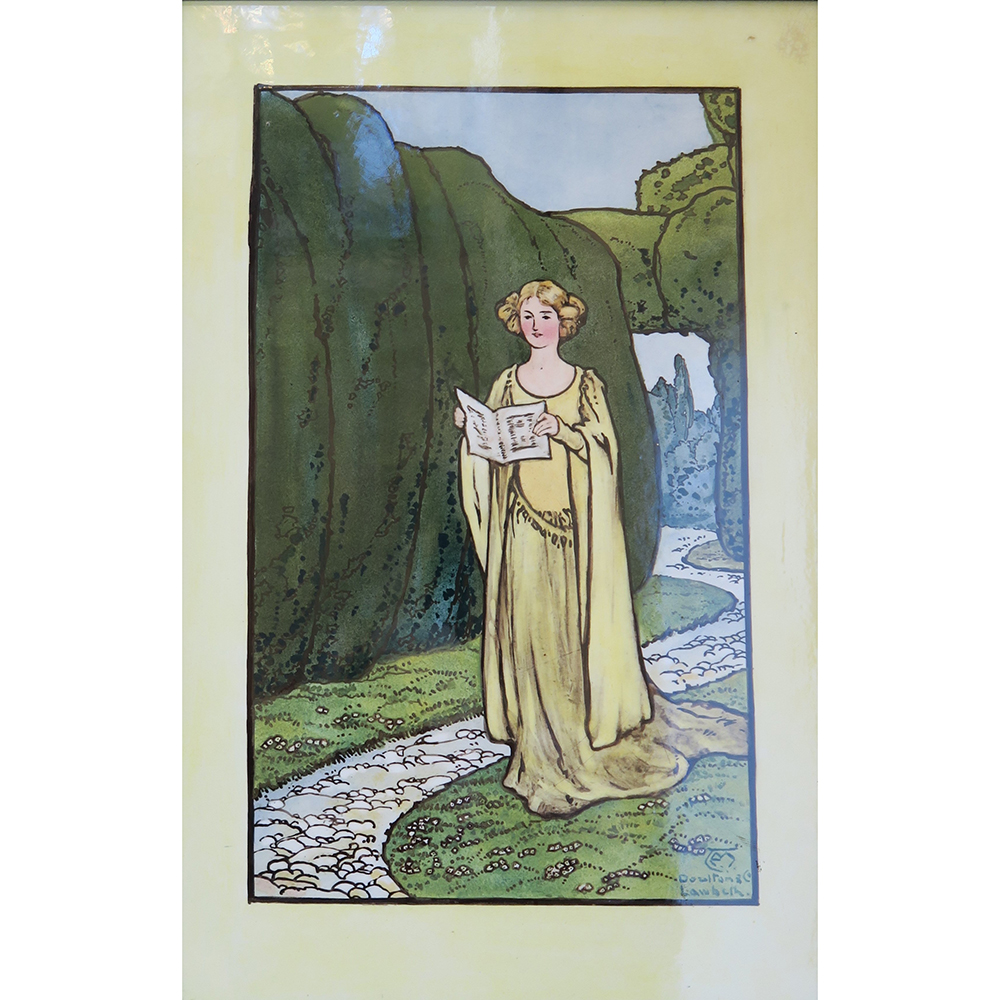
Maiden Reading Tile Panel by M. Thompson
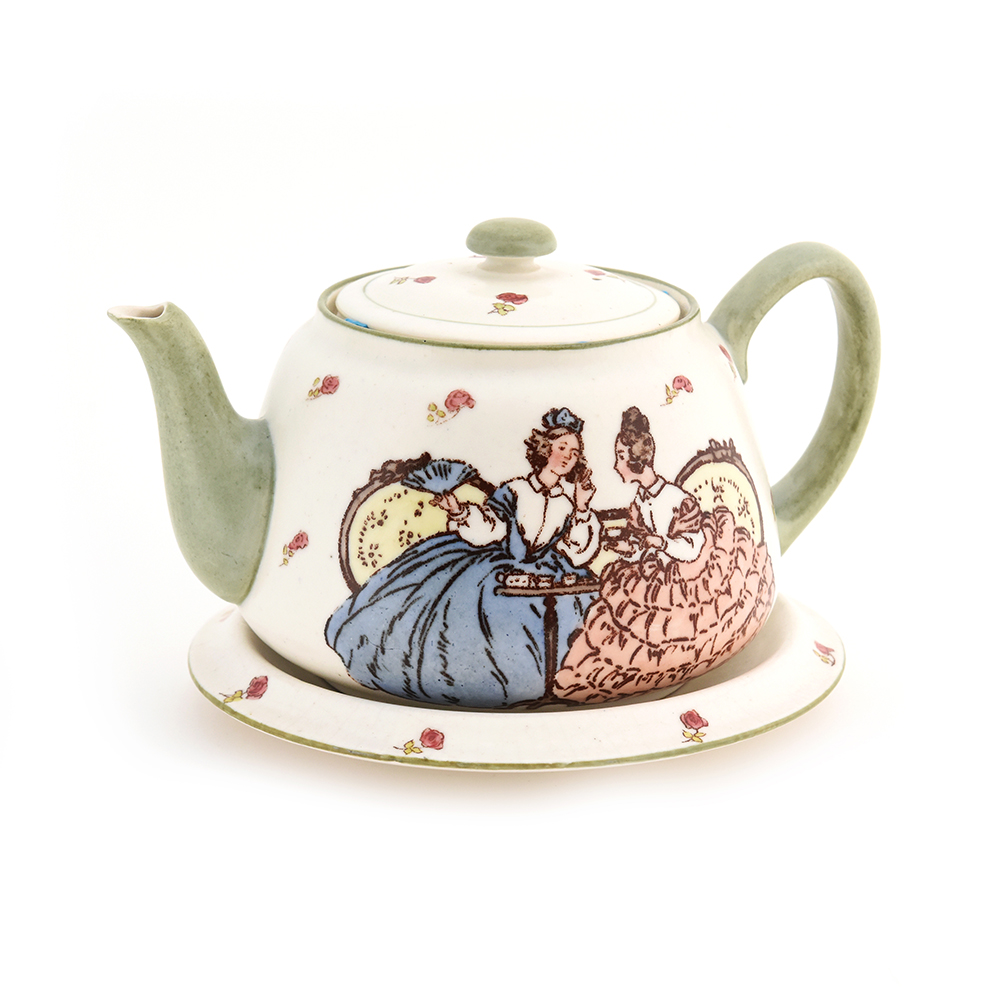
Vellum Teapot by M. Thompson

Vellum Jug by M. Thompson
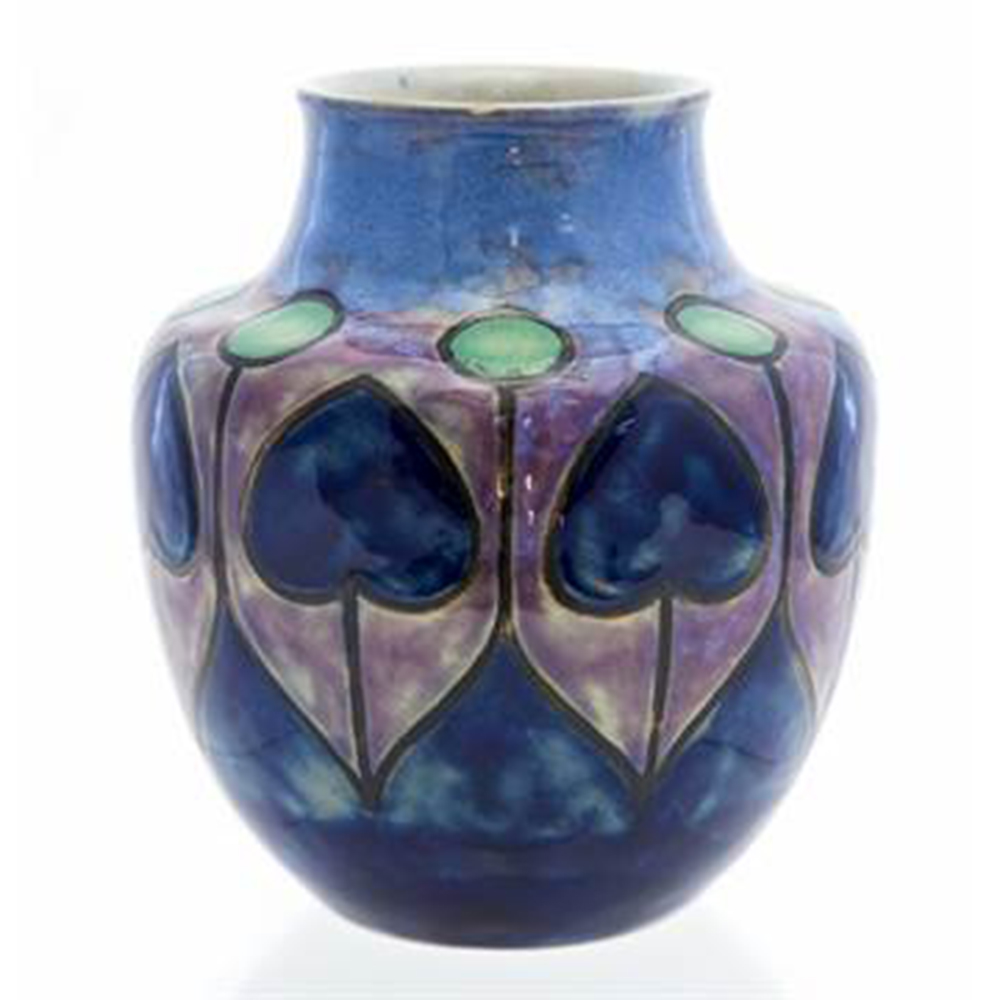
New Style Vase by M. Thompson

New Style Vases
